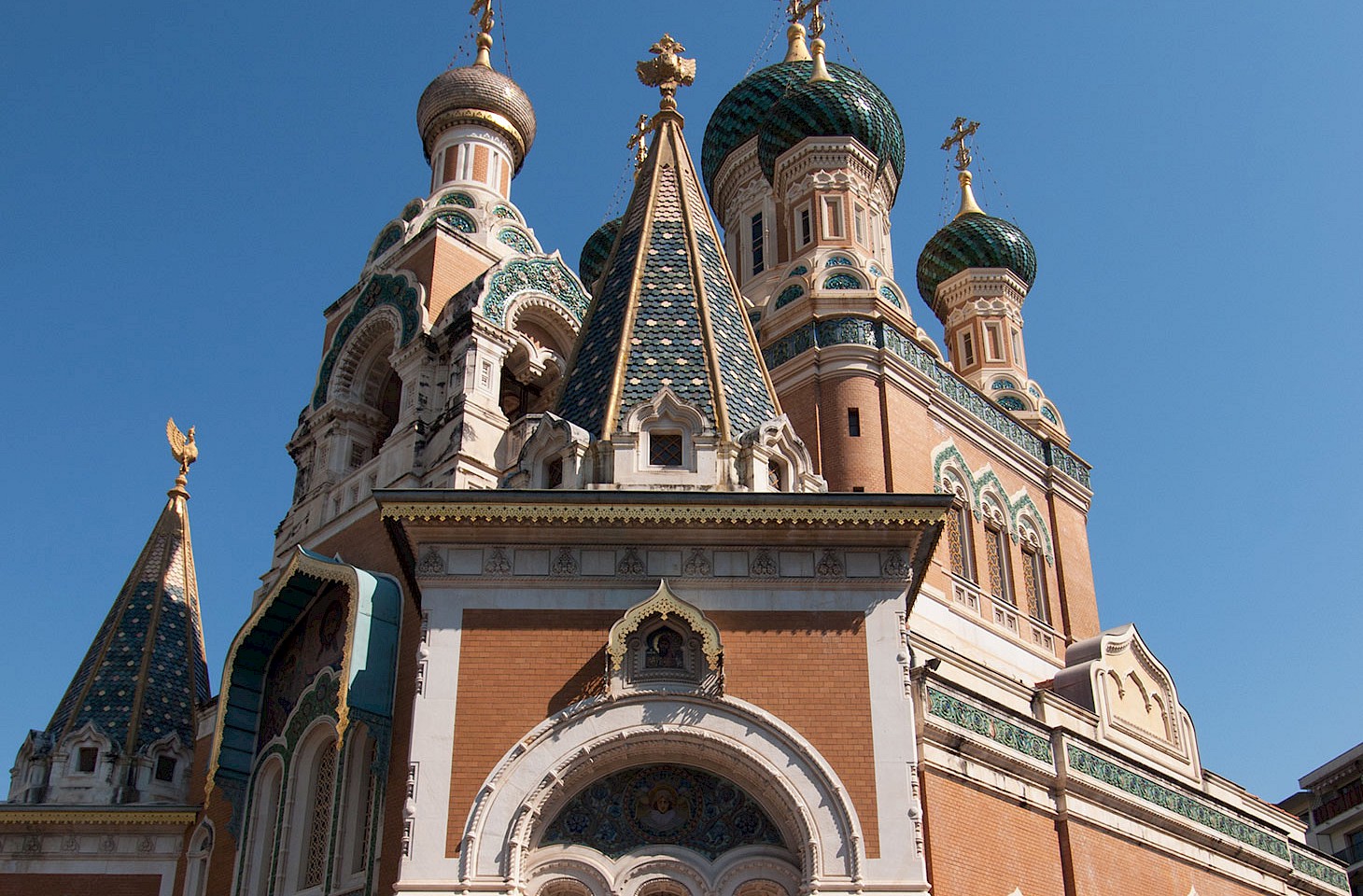Dear fellow travellers
Christmas generates its own extraordinary traditions across Europe - but they differ greatly from country to country. Even the date on which the celebrations reach their apotheosis varies across the continent. In Germany, Belgium and the Netherlands, children get a foretaste of Christmas on the eve of St Nicholas (5 December), or on the feast day itself (6 December). Most countries that follow the western Christian tradition tend to place greatest emphasis on Christmas Eve (24 December), when families gather around the Christmas tree at dusk. In many Catholic countries, most of the faithful will fast on Christmas Eve, eating nothing until the main meal of the evening. In Britain and Ireland, the principal day of the festivity is not until 25 December. And then, as we move east across Europe, and enter the territory of the Orthodox Churches which still organise their affairs according to the old Julian calendar, Christmas is not celebrated until early January. By the time Russians sit down to have their Christmas Eve meal (on the evening of 6 January), most western European households have already taken down their Christmas decorations.
Quite what is eaten at Christmas is equally variable. In many countries meat is eschewed for the main meal on Christmas Eve. In Poland, the meal commences by passing round a wafer (called an oplatek) in a ceremony that is redolent of communion. Each person breaks a piece from the wafer, taking a moment to express good wishes to all present - and to remember absent friends and relations. The meal that follows consists of a whole series of small courses - often twelve, symbolising Christ's apostles. Borscht, pierogi filled with cabbage and definitely one or two fish courses, but no meat. Fish pops up again in Bohemia and Saxony, where baked carp is the dish of first choice. In Norway, a family might, as likely as not, eat lutefisk (usually made with cod), but pinnekjøtt is also a favourite Christmas delicacy - these are lamb cutlets steamed over birch branches. In our native Berlin, where food preferences are decidedly downbeat, many German families opt for a simple Christmas Eve meal of sausages, potato salad and sauerkraut.
December and the Christmas season bring their own cast of secular characters. So in Russia and other eastern European countries, Ded Moroz rewards children with gifts. Last year hidden europe reported from Ded Moroz's home town of Veliky Ustyug in northern Russia (click here to read the article online), an unkempt spot on the Sukhona river that is attempting to cash in on Ded Moroz in much the same way that Rovaniemi in northern Finland has proclaimed its credentials as the home town of Santa Claus. Where St Nicholas is charged with gift giving, he usually arrives in a bishop's cloak, his head topped by a mitre, and he is assisted by a vagabond helper, in the Netherlands called Zwarte Piet (Black Peter). Santa, on the other hand, relies on a bunch of elves for assistance, while Ded Moroz lucks out in having secured the services of the beautiful Snegurochka to help distribute gifts.
Whichever gift givers you are anticipating this Christmas season, we wish all our readers a very happy holiday season. hidden europe 12 (our January 2007 issue) is published on 4 January 2007, and all subscribers should receive their copies on or before publication day. The full table of contents will be available online from 28 December.
Nicky Gardner and Susanne Kries
(editors, hidden europe magazine)


